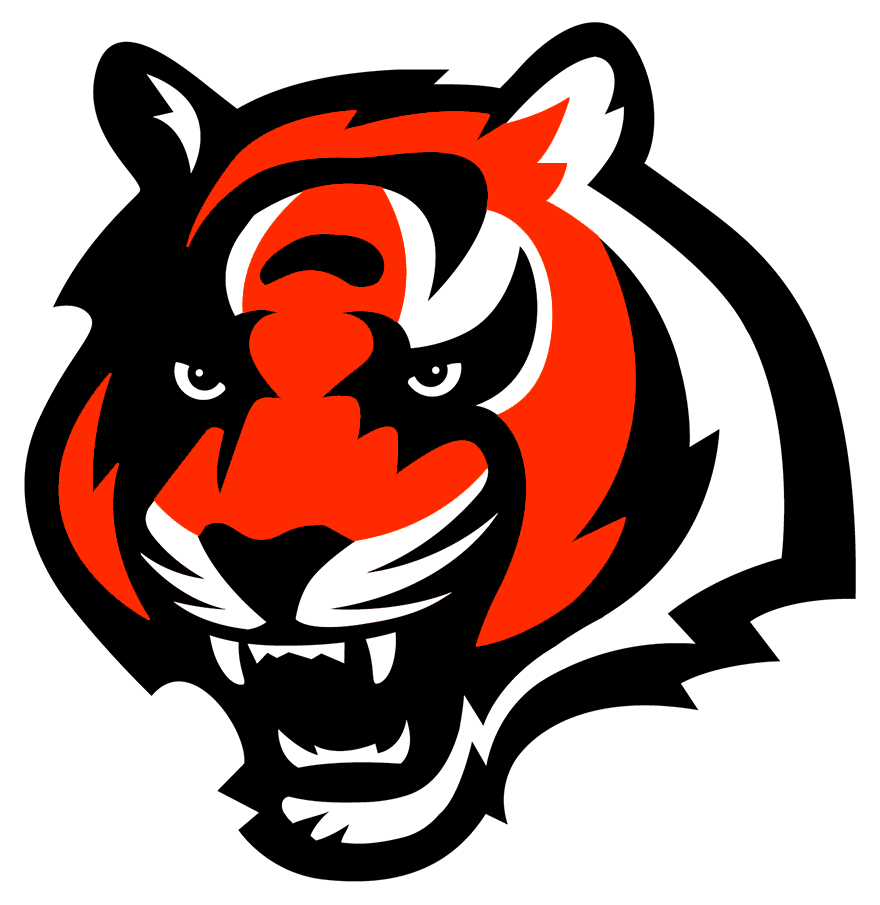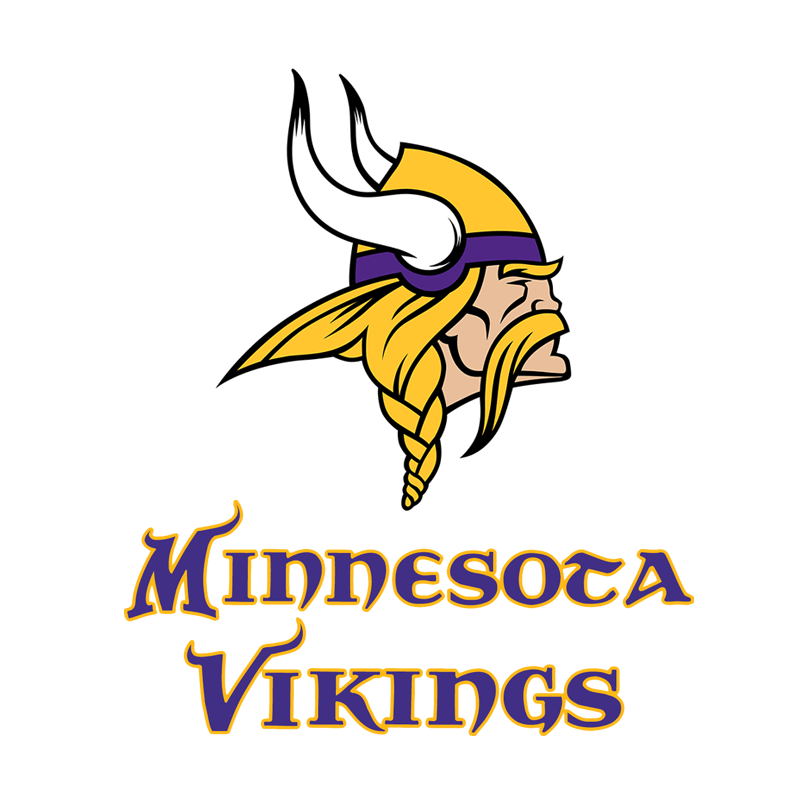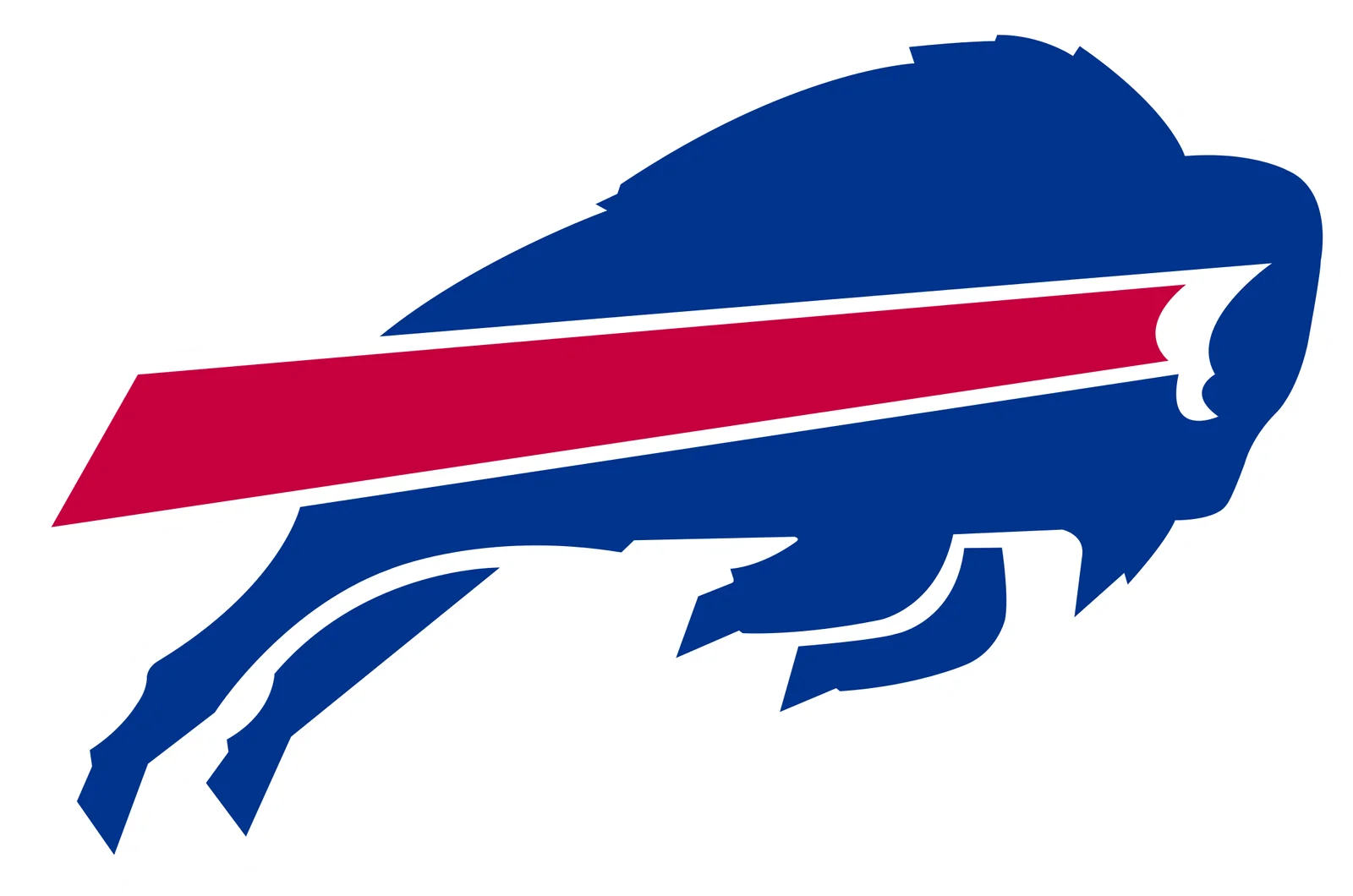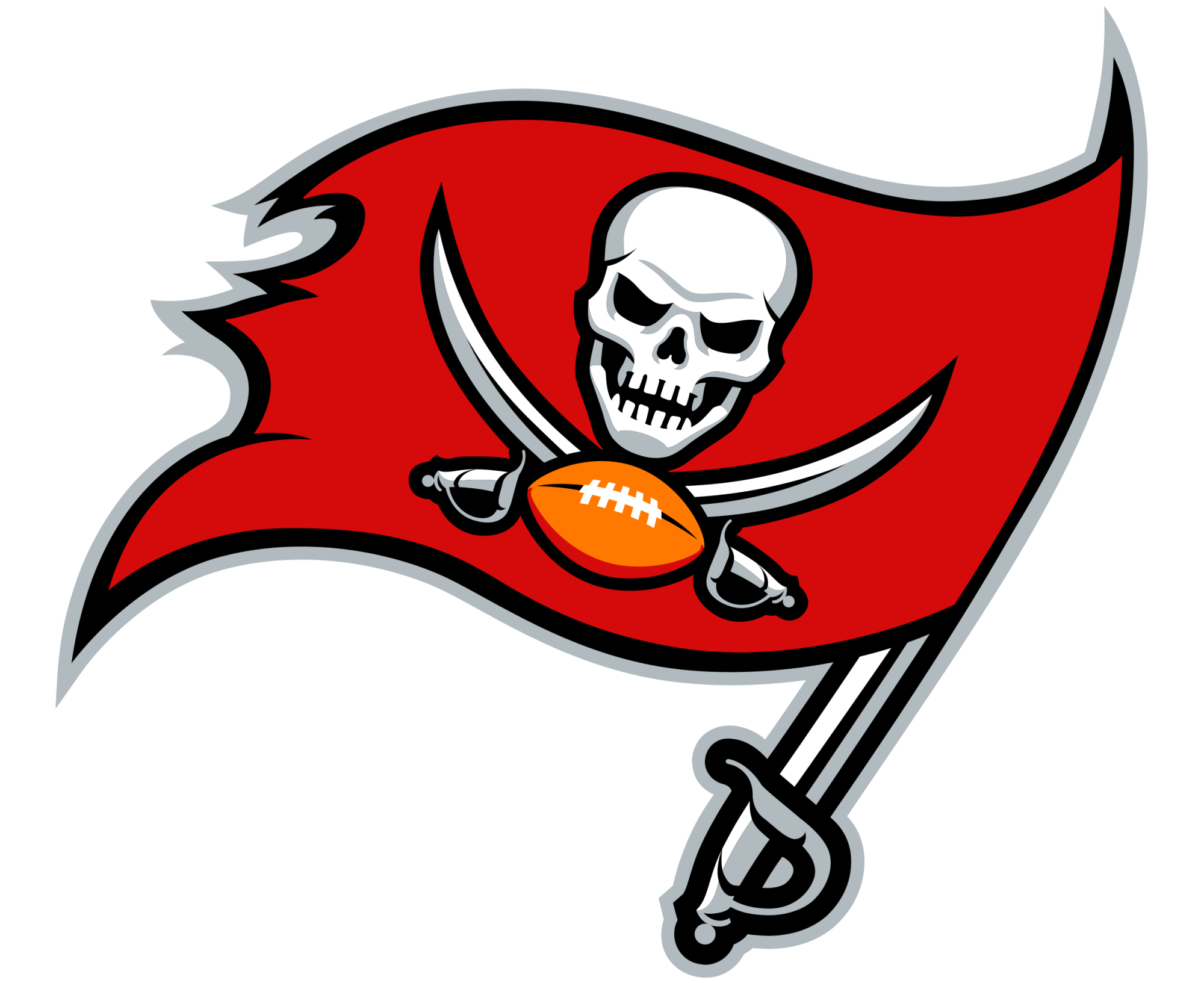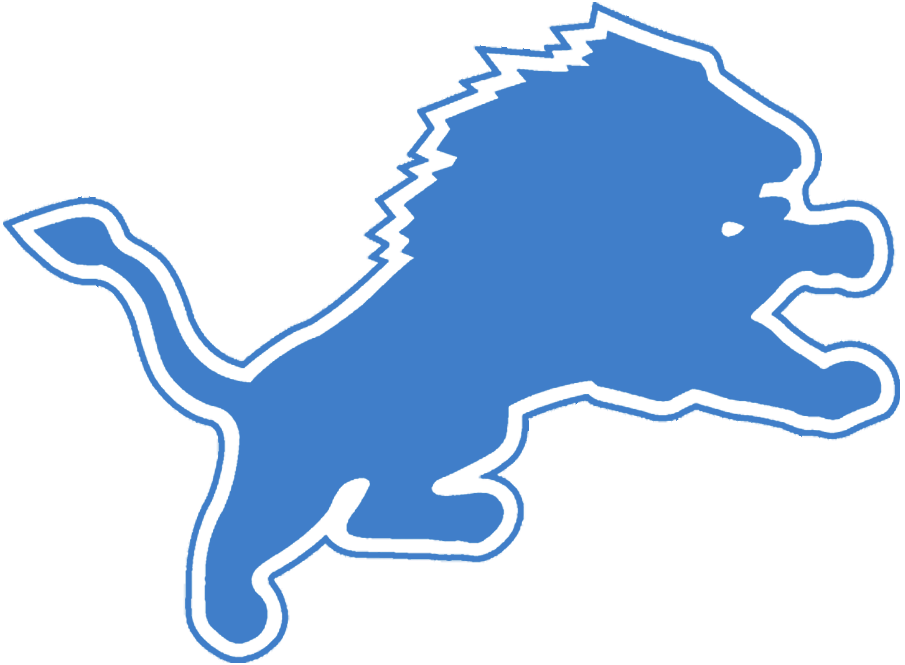Is the Pistol Formation the “Illusion of Complexity” the Vikings Seek?
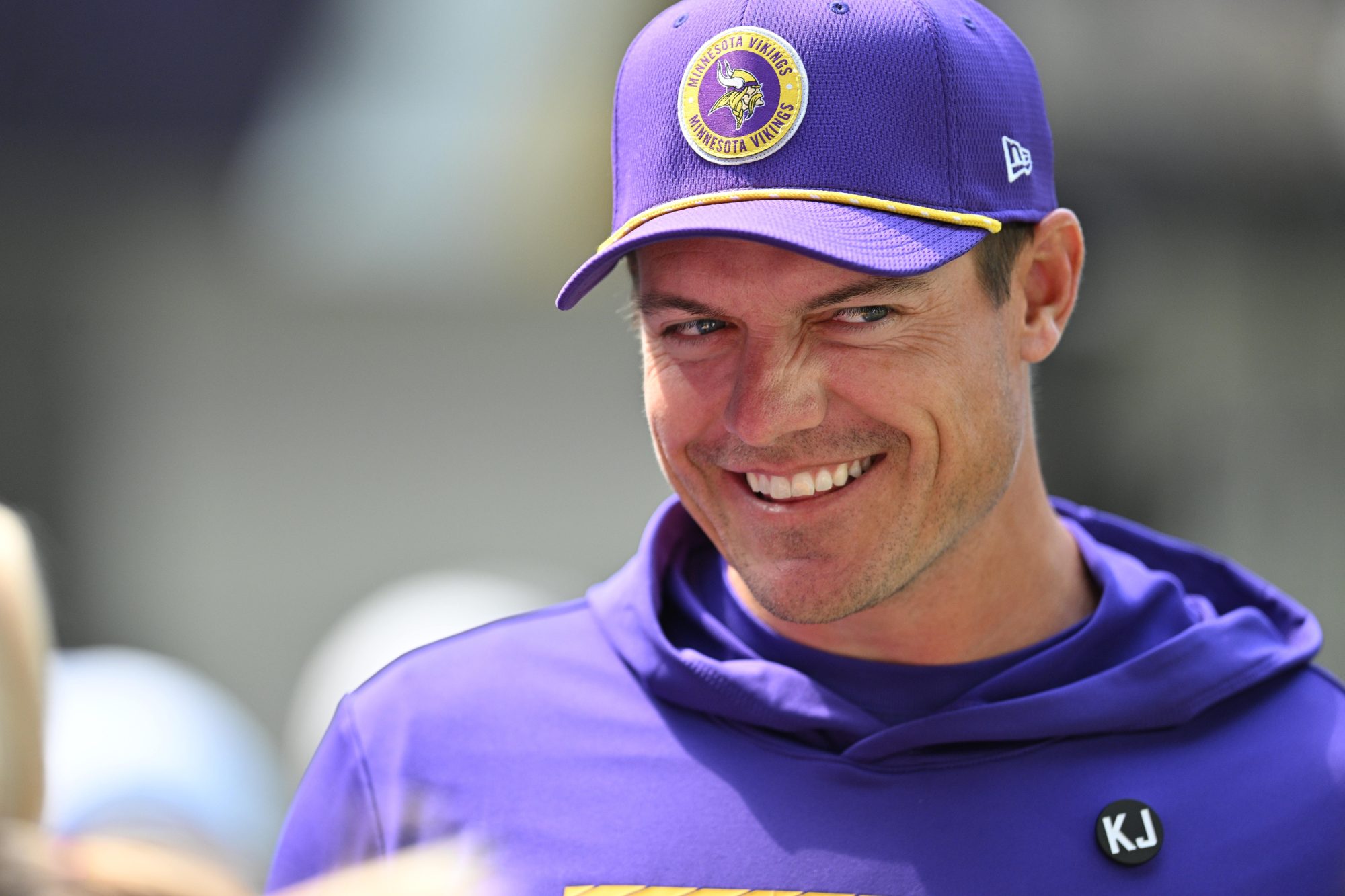
Credit: Jeffrey Becker-USA TODAY Sports
When the Minnesota Vikings hired Kevin O’Connell in 2022, their new head pin-pointed the importance of calling plays that make it difficult for defenses, but easy for his offense to execute.
“We use the term ‘the illusion of complexity.’” O’Connell said. “What does that mean? It really means we do as many things… to make [plays] start out looking the same, but they’re different to defend — personnel groupings, different formations, different motions, different shifts.”
One could argue that he has struggled to bring the “illusion of complexity” to fruition, as the last two seasons the offense has been pass-heavy. The team ranked fourth and third in the NFL in passing attempts while finishing 28th and 27th in rushing attempts, respectively, in their first few season. That’s not exactly the “marriage of the run and the pass” KOC promised.
With Kirk Cousins gone and the team relying on unproven talents at quarterback this season, O’Connell will need to find a better balance in marrying the run and pass to bring the “illusion of complexity” to reality. The pistol formation would be the perfect tool to offer such opportunities.
The growing pains of fulfilling this illusion were evident last season, when Cousins got hurt and the team traded for Josh Dobbs. He helped the Vikings win against the Atlanta Falcons (ironically, the team Cousins signed with this past offseason) when Jaren Hall got hurt in-game. Basically, coming off the plane with no time to learn the playbook, Dobbs orchestrated an inspiring win with his arm and legs, as if he were a young kid playing backyard football with friends.
Over the following weeks, it was evident that O’Connell continued to call plays as if Kirk was still playing. There were minimal run-pass option, pre-motion, or rollout plays that would have tailored to Dobbs’ strengths. Instead, he was used as a true pocket passer, a role he has historically struggled in.
This was a test for the head coach in understanding how to be more fluid with his personnel while mirroring it to his play-calling, but he came up short. Hopefully, KOC took that as a learning experience and can adapt his offensive schemes this season.
The Vikings started using some pistol formations towards the end of the 2023 season, but much was left to be desired. The pistol formation is a half-shotgun formation with a running back behind the quarterback that generally has one or more H-backs lined up adjacent to the quarterback. Here’s a successful use of the formation:
2023 Seahawks
-3 Back Pistol GoGo-ish Formation
-PAP Boot Flood
-Z-Corner, H-Sail, FB-Arrow, X-Over
-Boundary Safety Bails w/ Corner Route, CB Sits on Arrow Coming Out Uncapping H on Sail Outside in Space pic.twitter.com/oNuBRyGIs0
— Pace N Space (@PaceNSpace2) May 25, 2024
It can heavily feature an option component with different alignments and moving chess pieces. This can confuse defenses, and also help the quarterback determine if a defense is in man or zone coverage, information that can be vital for diagnosing plays.
The pistol also offers a natural deception, as the formation threatens either a pass or run, which can be further complicated by adding misdirection designs. Leaguewide, the pistol formation resulted in runs 64.3 percent of the time in 2023, so it is a run-heavy formation. But as evident in the video, the formation can be weaponized for big plays in the passing game, especially as teams explore ways to exploit defenses further.
Implementing the pistol would enable Minnesota’s quarterbacks to start deep enough to see more of the field, and play action can be used to sell the run while keeping the option for a quick passing attack. In the run game, having the backs line up deeper in the backfield will give more time and vision for Aaron Jones and Ty Chandler to find lanes as the play develops.
The pistol formation is not widely used, but some of the best offenses in the league have hopped on the trend to great effect. Last season NFL teams lined up in the pistol 5.2% of the time (up from 3.8% in 2022), with Mike McDaniel’s top-rated Miami Dolphins offense ranking second in the NFL in running the pistol on 20.4% of their plays.
Other teams that used the pistol relatively frequently were the San Francisco 49ers and Los Angeles Rams, who both ranked top-7 in offense. After the Rams’ bye in Week 10, they went on a dominant 7-1 second-half run that earned them a trip to the playoffs. During that time, they lined up in the pistol on 14.3 percent of their snaps, the fourth-highest in the league.
The Rams also saw their efficiency spike from 4.1 yards per carry with their quarterbacks lining up under center to 5.5 yards in pistol. Now the Vikings are reportingly practicing more out of pistol this training camp, and those are the kind of gains O’Connell is trying to tap into this season.
Personnel plays a huge role, and the Vikings are equipped with the right mix for operating pistol formations more. Sam Darnold offers Minnesota a mobile quarterback who can pass, Jones and Chandler are dynamic running backs who are receiving threats out of the backfield, and C.J. Ham and Josh Oliver are road-grade blockers who also offer pass-catching versatility.
The offensive line was also a top-10 unit last season, and Garrett Bradbury has added more weight to handle bull rushes up the middle. Losing Alexander Mattison was addition by subtraction, as Sharp Football ranked him as the second-worst rusher in short-yardage situations last season.
The data is forecasting an upward trend for pistol formations, as it has been adopted by some of the best offensive wizards in the NFL and produced explosive results. In a copycat league, O’Connell should lean into his creativity and unlock more of his appetite for innovation. He’s recognizing the potential of pistol formations by taking a page out of his mentor’s (Sean McVay) playbook. Sticking to it may finally give KOC the tools he seeks to manifest the “illusion of complexity” into reality.
Up Next
